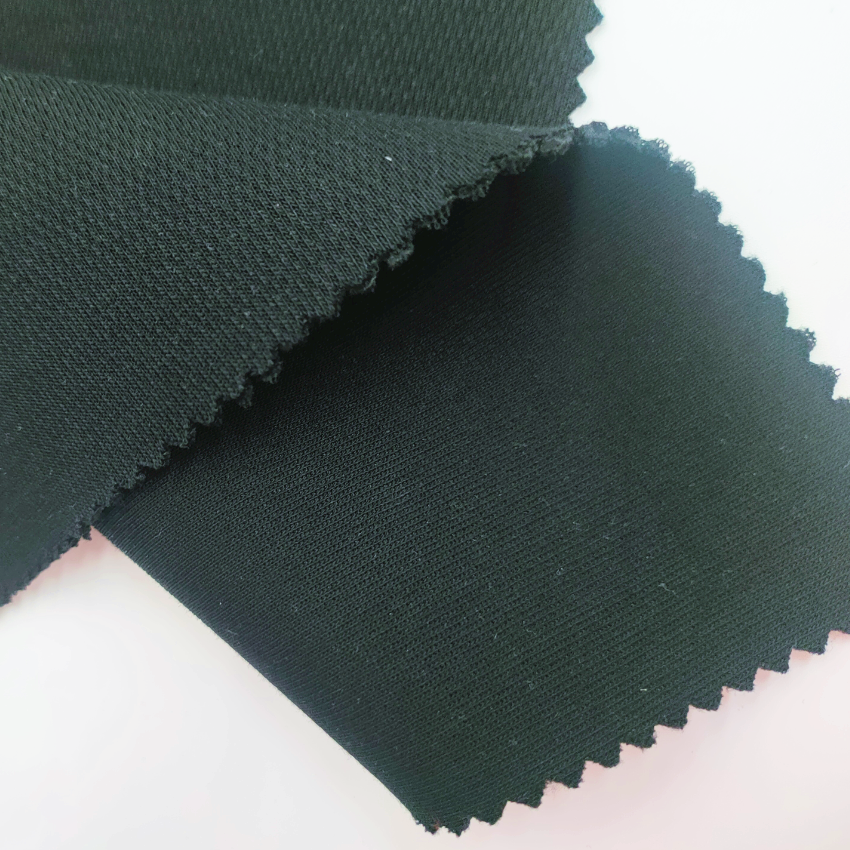Piqué fabric, commonly used in clothing such as polo shirts and athletic wear, generally performs moderately well in terms of moisture-wicking. However, its moisture-wicking capabilities can vary depending on the specific construction and fiber content of the fabric.
Here are some factors to consider regarding how piqué fabric performs in terms of moisture-wicking:
- Texture: Piqué fabric is characterized by its unique textured weave, which typically features raised parallel cords or ribs. This texture creates small pockets of air within the fabric, allowing for improved airflow and moisture evaporation.
- Cotton Piqué: Traditional piqué fabric is often made from cotton, which has inherent moisture-wicking properties. Cotton fibers can absorb moisture readily, drawing sweat away from the skin and facilitating evaporation. As a result, cotton piqué fabric can help keep the wearer feeling dry and comfortable during physical activity or in warm weather.
- Polyester Piqué: Some piqué fabrics may be made from polyester or polyester blends. While polyester is not as absorbent as cotton, it has moisture-wicking properties that help pull moisture away from the skin and distribute it across the fabric’s surface for faster evaporation. Polyester piqué fabric may offer enhanced moisture management compared to traditional cotton piqué.
- Breathability: Piqué fabric generally offers good breathability due to its textured weave and air pockets. This breathability allows for better air circulation and ventilation, which can aid in moisture evaporation and cooling. Enhanced breathability contributes to the overall moisture-wicking performance of piqué fabric.
- Treatment and Finishes: Some piqué fabrics may undergo additional treatments or finishes to enhance their moisture-wicking properties. These treatments can include moisture-wicking finishes applied to the fabric surface to improve moisture transport and evaporation. Treated piqué fabrics may offer superior moisture management compared to untreated varieties.
- Performance Variations: The moisture-wicking performance of piqué fabric can vary depending on factors such as fabric weight, construction, and design. Lightweight piqué fabrics with a more open weave may offer better moisture-wicking capabilities than heavier, more tightly woven varieties. Additionally, specific garment designs, such as mesh panels or ventilation zones, can further enhance moisture management in piqué clothing.
In summary, piqué fabric generally offers moderate moisture-wicking performance due to its textured weave, breathability, and fiber content. Cotton piqué fabrics are naturally absorbent and can help draw moisture away from the skin, while polyester piqué fabrics may offer enhanced moisture management through their moisture-wicking properties. Overall, piqué fabric is a popular choice for activewear and casual clothing, offering a balance of comfort, breathability, and moisture-wicking performance.
